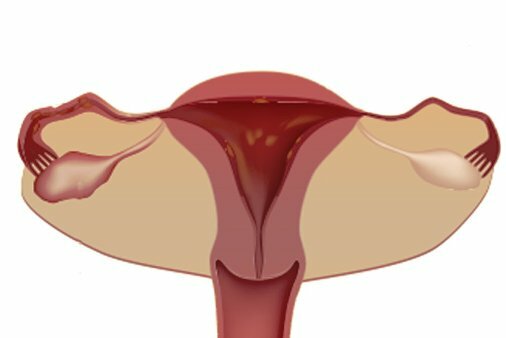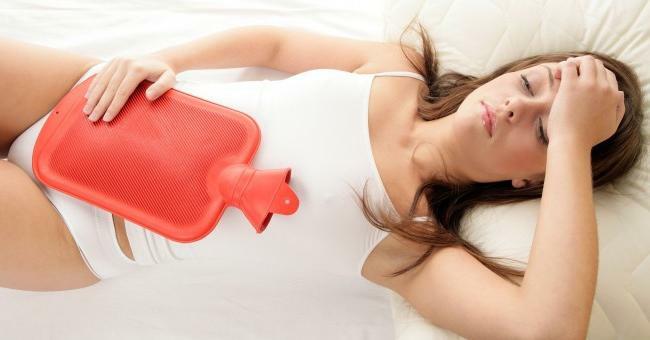Causes, symptoms, effects and treatment of chronic salpingo-oophoritis
Cases of chronic salpingo-oophoritis are quite common in modern gynecological practice. The disease is accompanied by inflammation of the uterine appendages, which, of course, can not but affect the health and work of the reproductive system. So what is the cause of the disease and is there an effective treatment?
Causes of chronic salpingo-oophoritis

As a rule, the chronic form of the disease is the result of improper treatment of acute inflammation or complete absence of therapy. In any case, the inflammatory process is the result of infection - it can be caused by pathogenic bacteria, viruses and even fungi, including a group of conditionally pathogenic microorganisms.
Chronic salpingoophoritis occurs not only due to lack of treatment. Risk factors include a decrease in the immune system, which can be caused by colds, chronic illnesses, severe stresses, malnutrition, etc. The development of chronic inflammation is often caused by stagnation of blood in the small pelvis. If there is a violation of normal blood circulation, the medications used during the treatment of acute salpingo-oophoritis simply do not reach the target organ.
Symptoms of chronic salpingo-oophoritis

Actually, the clinical picture with a similar disease is slightly blurred, as the chronic form of inflammation develops and progresses for years. However, most patients complain of pain in the lower abdomen: sometimes they are strong, and sometimes even completely disappear. Constant painful attacks, of course, can not but affect the behavior and emotional state of a woman - there is increased irritability, constant fatigue and weakness.
Menstrual irregularities are also a sign of chronic salpingo-oophoritis. Some women complain of the presence of abundant and uncharacteristic vaginal discharge.
Chronic salpingo-oophoritis: consequences of
In fact, a chronic inflammatory process is extremely dangerous, as functional changes in the reproductive system are observed as it develops. For example, the activity of cilia, lining the uterine tubes and responsible for the movement of the egg, is often reduced. Such a deviation can lead to difficulties in fertilization and increase the risk of developing an ectopic pregnancy. In addition, inflammation often causes the formation of adhesions in the fallopian tubes, which, in turn, is fraught with infertility.
How to cure salpingoophoritis?

Treatment of such a disease can take months, and sometimes even years. Undoubtedly, anti-inflammatory drugs are used in therapy, and sometimes antibiotics( in the presence of bacterial infection).But an equally important stage is the elimination of fluid stagnation in the small pelvis. To this end, women are advised to adhere to an active lifestyle, in particular, do not give up gymnastics and observe the correct mode of work and rest. Sanatorium-and-spa treatment, which, however, it is forbidden during an exacerbation of illness, will also be useful. In some cases, even hirudotherapy is used, since leeches release a substance with diluting properties into the blood, which helps to eliminate stagnation and normalize blood circulation.
